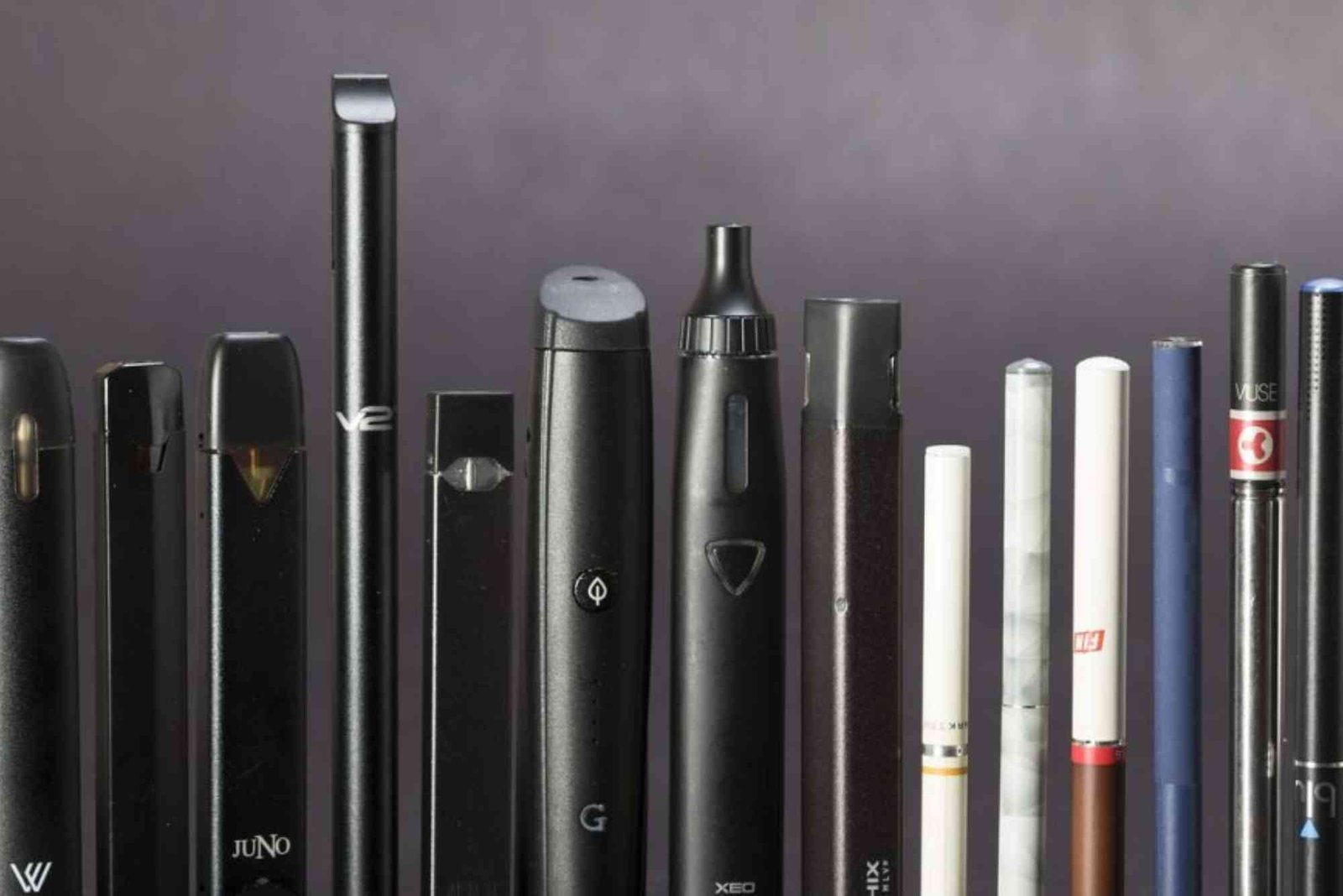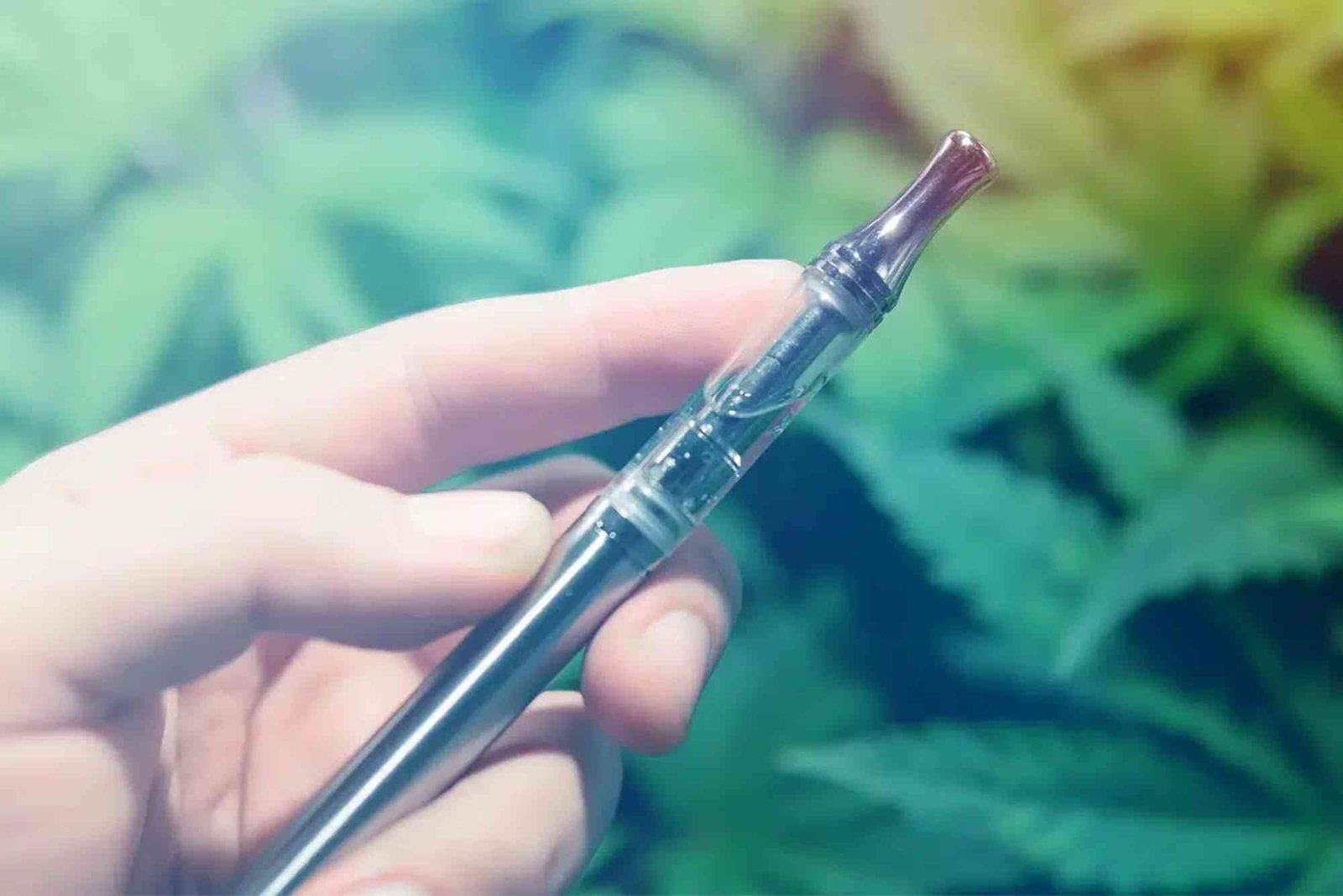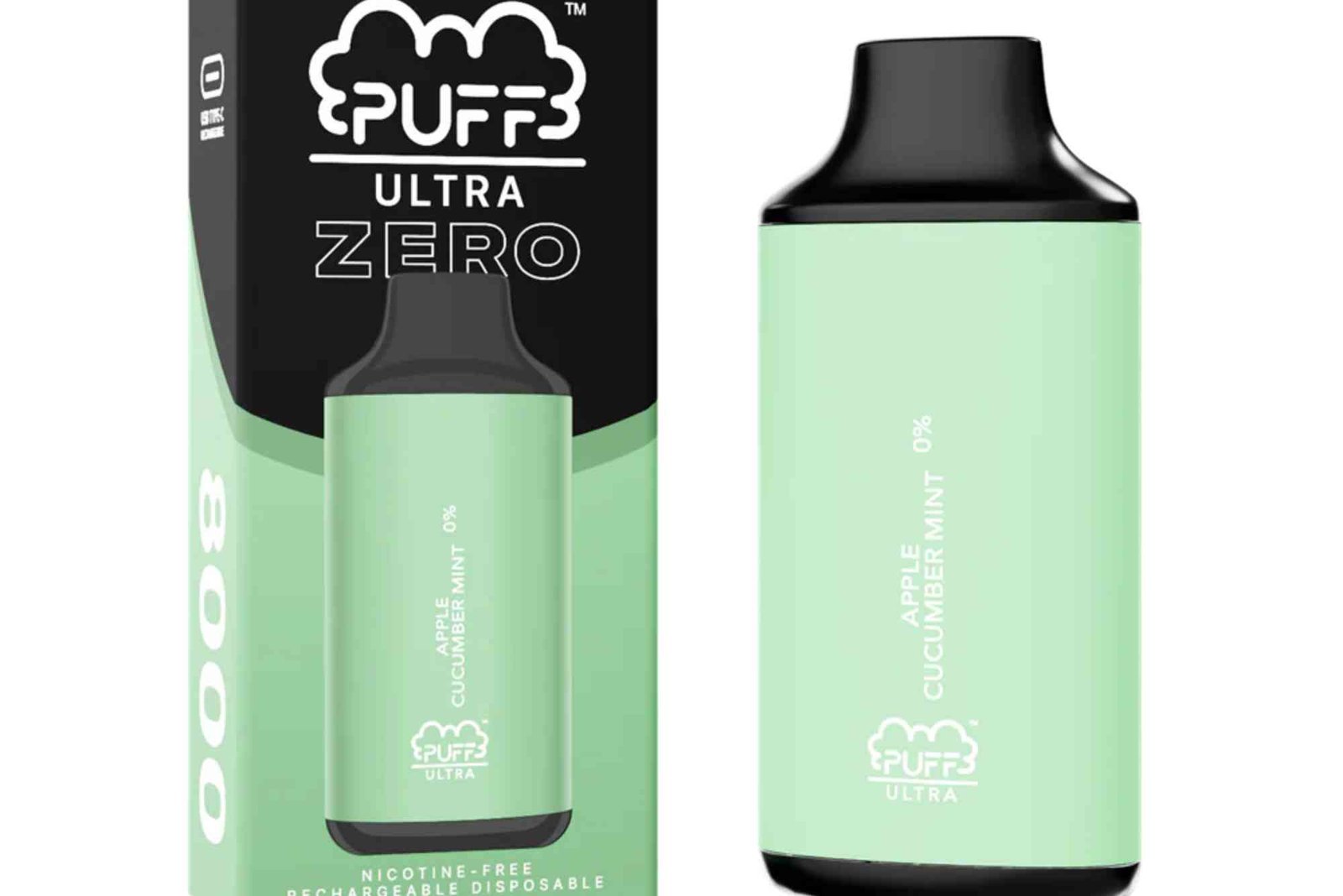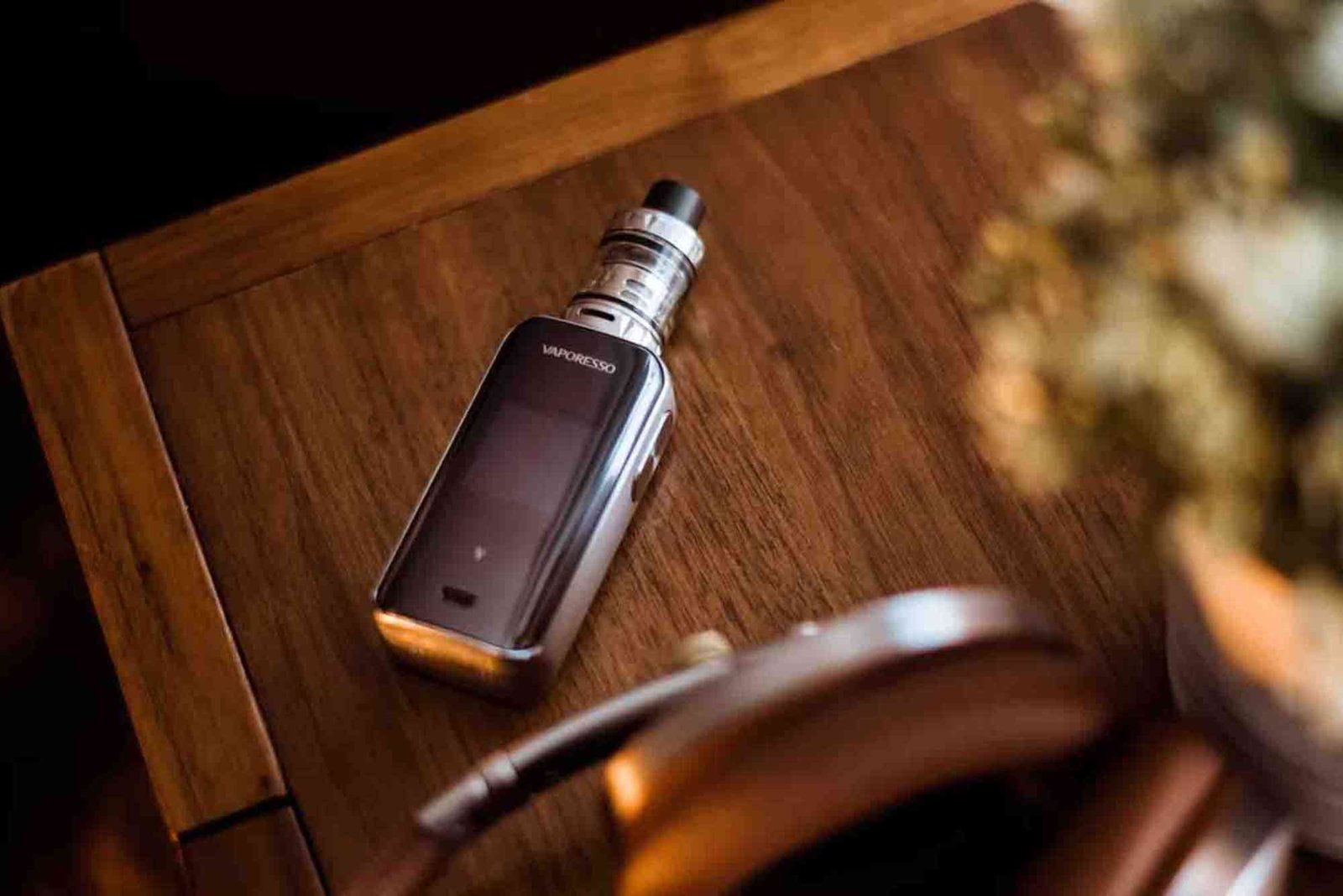How to Transition to Lower Nicotine Levels
Reducing nicotine intake can be a powerful step toward improving your health, saving money, and reclaiming control over your habits. Whether you’re a long-time smoker or someone who vapes regularly, the idea of cutting back on nicotine might feel overwhelming. Fortunately, with the right strategies and mindset, transitioning to lower nicotine levels is achievable and beneficial in the long run. In this guide, we’ll walk you through how to begin the process of reducing nicotine intake effectively and sustainably.
Why Reducing Nicotine Intake Matters
Nicotine is a highly addictive substance that stimulates the nervous system, increasing heart rate and blood pressure. Over time, the body becomes dependent on it, creating both physical and psychological cravings. Reducing nicotine intake can help minimize long-term health risks, including heart disease, high blood pressure, and lung issues. It also fosters mental clarity, improves sleep, and gives you greater control over your lifestyle.
Recognizing Your Current Nicotine Dependency
Before making any changes, it’s important to understand how much nicotine you’re currently consuming. Vape juices come in various strengths, usually measured in milligrams per milliliter (mg/mL). A heavy smoker switching to vaping might start at 18–24 mg/mL, while a casual user might use 3–6 mg/mL. Knowing your starting point helps you make gradual, manageable reductions rather than abrupt changes that can trigger withdrawal.
Creating a Plan for Gradual Reduction
Jumping straight to nicotine-free products often leads to failure. Instead, adopt a tiered approach. Gradually reduce your nicotine level in stages—going from 18 mg to 12 mg, then to 6 mg, and so on. Give yourself time at each level—usually two to four weeks—to adjust before moving lower. Track your progress using a journal or app, and celebrate each successful transition. This helps you stay motivated and accountable throughout the process.
Choosing the Right Products for the Transition
When reducing nicotine intake, your choice of vaping device and e-liquid can make a significant difference. Devices with adjustable wattage or airflow can help deliver a satisfying hit, even with lower nicotine. You may also explore nicotine salts, which offer smoother throat hits at lower concentrations. Some users find switching from high-powered sub-ohm devices to pod systems helpful during the transition because they mimic the sensation of smoking while using less nicotine.
Managing Cravings and Withdrawal
One of the biggest hurdles in reducing nicotine intake is handling cravings and withdrawal symptoms. These may include irritability, headaches, difficulty concentrating, and restlessness. To manage these, stay hydrated, eat balanced meals, and engage in regular physical activity. Chewing gum or using nicotine-free oral substitutes like toothpicks or lollipops can also help. Deep breathing exercises and mindfulness techniques like meditation reduce stress and create healthy distractions from cravings.
Psychological Strategies for Long-Term Success
Reducing nicotine intake isn’t just a physical process—it’s deeply psychological. Prepare your mind by setting clear intentions and understanding your personal motivations. Are you doing it for your health, your family, or your budget? Keep reminders of your goals visible, such as a note on your mirror or a digital tracker on your phone. Reward yourself for small wins, like going a day or week without increasing your intake. If you relapse, don’t be hard on yourself—acknowledge it and refocus.
Social Support and Accountability
Having the right support system can dramatically increase your chances of success. Tell close friends or family about your plan to reduce nicotine intake and ask for their encouragement. Join online forums or communities where others are also working to cut back. Sharing experiences and tips can be motivating and reassuring. Some people also benefit from professional support, such as a counselor or coach who specializes in smoking cessation.
Benefits of Lowering Nicotine
As you reduce your nicotine intake, your body will begin to experience noticeable benefits. Your energy levels may rise as your cardiovascular system improves. Sleep patterns often become more consistent. You’ll also regain a stronger sense of taste and smell. Mentally, many users report reduced anxiety, better concentration, and a sense of freedom from dependency. Financially, you’ll likely save money as you consume less product. These benefits reinforce your motivation to continue the journey.
When to Consider Going Nicotine-Free
Once you’ve successfully tapered down to the lowest available nicotine level (often 3 mg or even 1.5 mg), you might start considering the final step—switching to zero-nicotine e-liquid. It’s a good idea to spend a few weeks at this level to ensure you’re not just physically ready but mentally prepared. Using zero-nicotine vape juice occasionally alongside your lowest nicotine strength can help you test the waters. When you’re able to use nicotine-free juice without cravings, you’ll know you’re ready.
Common Mistakes to Avoid
Many people try to reduce nicotine intake too quickly, which can lead to strong withdrawal and relapse. Don’t rush the process. Another common mistake is ignoring psychological triggers, such as stress or social situations, which often lead to higher consumption. Identify these patterns and prepare alternative coping mechanisms. Finally, avoid comparing your progress with others. Every person’s journey is different, and what matters most is consistency, not speed.
Integrating Healthy Habits
Lifestyle changes can support your goal of reducing nicotine intake. Focus on building healthy routines—eat nutrient-rich foods, get enough sleep, and exercise regularly. These habits help your body cope with nicotine withdrawal and improve your overall mood. Replacing the time you used to spend vaping with a hobby, such as painting, journaling, or walking, creates positive reinforcement and keeps your mind occupied.
Tracking Progress and Adjusting
Use a notebook, app, or calendar to monitor your nicotine reduction journey. Record how often you vape, your nicotine level, and how you feel physically and emotionally. Over time, this record helps identify patterns—both good and bad—that influence your progress. If you find a certain level too difficult to drop, extend your time at that level or seek additional support. The goal isn’t perfection; it’s persistent improvement.
Reducing nicotine intake is a personal journey that requires patience, planning, and persistence. There’s no one-size-fits-all approach, but by understanding your dependency, setting a clear plan, and using the right strategies, you can steadily lower your nicotine use and regain control of your health. Whether your goal is to quit altogether or simply reduce your dependency, every step forward is a win.
Ready to take the next step in your vaping journey? Start reducing nicotine intake today by choosing a lower-strength e-liquid and setting your first goal. Don’t forget to track your progress and seek support when needed. Your future self will thank you.
FAQs
What’s the safest way to start reducing nicotine intake?
The safest method is to taper gradually. Reduce your nicotine level in small steps, such as moving from 12 mg to 6 mg over a few weeks. Sudden changes can trigger withdrawal symptoms, making the transition harder.
How long does it take to adjust to lower nicotine levels?
Most people need two to four weeks to adjust to a new level. It varies depending on individual metabolism, usage patterns, and mental readiness.
Can I reduce nicotine without quitting vaping?
Yes, you can lower your nicotine levels while continuing to vape. Many people use vaping as a harm-reduction tool and gradually move toward zero-nicotine products without quitting vaping altogether.
What are common signs of nicotine withdrawal?
Nicotine withdrawal symptoms include irritability, anxiety, restlessness, difficulty concentrating, headaches, and sleep disturbances. These are temporary and usually improve after a few days.
Is using zero-nicotine vape juice helpful?
Yes, zero-nicotine vape juice can be a great tool in the final stages of your reduction plan. It allows you to maintain the behavioral habit of vaping without the chemical dependency.
What if I feel like going back to a higher nicotine level?
It’s normal to have setbacks. Instead of giving up, try to identify what triggered the urge. Take a short pause, recommit to your goal, and continue from where you left off.
Should I talk to a doctor before reducing nicotine?
If you have a medical condition or use nicotine for stress management, talking to a healthcare professional is a good idea. They can provide tailored guidance and support.
What can I use instead of nicotine to manage stress?
Try deep breathing, meditation, regular exercise, journaling, or herbal teas. These techniques help reduce anxiety and improve mood without relying on nicotine.
By understanding your own needs and progressing at a sustainable pace, reducing nicotine intake can become not just a goal, but a powerful lifestyle transformation.














